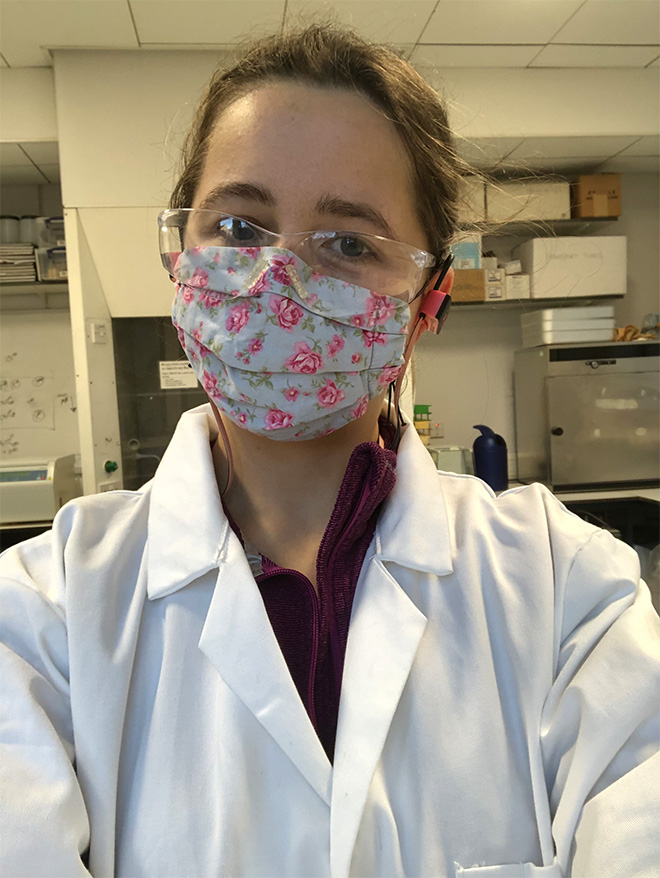Here is Alex, reporting from the lab preparing Batch 2 for demineralisation:
I cleaned the samples with a sand blaster & weighed total cleaned sample.

I then took a sub-sample with a Dremel drill, & placed this into a test tube (all labelled with sample code & weighed the week before).

These tubes are then re-weighed once they contain the sub-sample, & the empty tube is subtracted to find the exact sample weight.

All samples then submerged in 0.5 molar Hydrochloric acid, covered with foil & put in the fridge. This is to remove the mineral component of the bone, leaving behind the collagen we need for isotopic analysis.
These samples are monitored daily; samples that are ready will be soft & malleable. This is checked using a glass pipette to see how rubbery the sample is (I.e., if you press it against the side of the test tube, does it mould itself to the tube or is it still hard/stiff?). The acid is replaced every other day; excess acid is poured or filtered away, & fresh acid is applied. Making new bottles of correctly-diluted acid is another regular lab job!

The samples are now demineralising (80 samples in total). The next step is gelatinisation. Wait and see!





